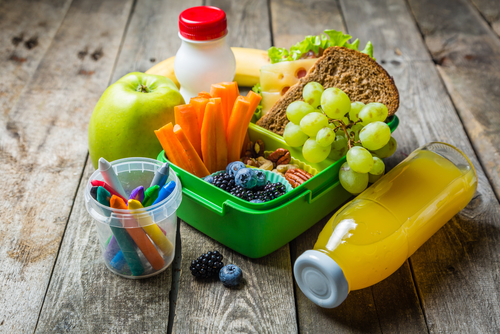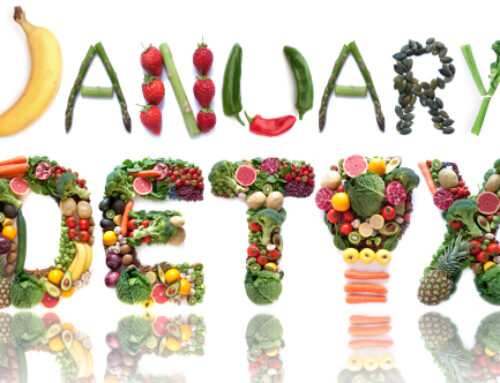Putting together a healthy lunch for a school student can be a daunting task. As we begin thinking about the start of a new school year many of us become recommitted to making sure our students have what they need to get through the school day. However, this commitment can often wane as the school year progresses due to a lack of ideas and difficulty prioritizing the time needed to make a healthy lunch. We want to highlight the importance of a healthy lunch for students and to give some helpful hints to make this school year just a bit easier.
Healthier Lunch = Better Student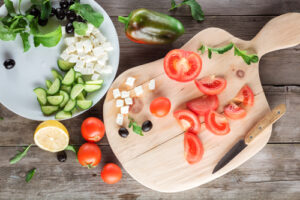
A healthy lunch at school offers numerous benefits to students, educators, and the entire school community. We can begin to see the benefits of a healthy lunch by investigating the effect that it has on the student’s academic performance. Proper nutrition is essential for cognitive function and concentration providing all that they need to stay focused and perform better in the classroom. When this has been researched, it has been shown that healthy foods can positively impact a student’s ability to learn and retain information, leading to improved educational outcomes and higher grades. Further, when students know that they will receive a delicious and nutritious lunch at school, they are also more likely to attend regularly and actively participate in school activities.
Improvement goes beyond the classroom and extends to the mental health of the child. A balanced diet can contribute to stable blood sugar levels, reducing mood swings and behavioral issues. This can aid students with better attention and overall emotional well-being. Likewise, when combined with a proper amount of sleep this nutritious eating plan can aid their physical growth during this critical stage of development.
Teaching children what a healthy lunch is can have lifelong effects. Exposing children to a variety of nutritious foods at school can influence their food choices at home, leading to healthier eating habits for their entire life. A healthy school lunch can help prevent or reduce the risk of obesity, type 2 diabetes, heart disease, and other chronic health conditions associated with poor nutrition. By prioritizing a healthy lunch you can create an environment that values well-being and promotes a positive approach to food and nutrition. Overall, a healthy school lunch is a crucial component of a comprehensive approach to student well-being, contributing to their physical health, mental focus, and overall academic success.
What To Avoid
Unhealthy school lunches typically contain high levels of unhealthy fats, added sugars, sodium, and refined carbohydrates, while lacking essential nutrients. Here are some examples of unhealthy school lunches to help better identify and avoid the most dangerous options.
1. Cheeseburger and fries:
A cheeseburger made with processed meat and cheese, served with deep-fried french fries, which are high in unhealthy trans fats.
2. Pepperoni pizza:
Pizza made with a refined flour crust, processed pepperoni, and excessive amounts of pro-inflammatory cheese.
3. Chicken nuggets and tater tots:
Processed chicken nuggets with a coating high in unhealthy fats, paired with tater tots, which are often deep-fried and high in carbohydrates.
4. Corn dogs:
Deep-fried corn dogs made with processed meat and a refined flour batter that is high in unhealthy fats and lacks nutritional value.
5. Sugary cereals with milk:
Breakfast cereals high in added sugars, often served with proinflammatory milk, leading to an excess of sugar and empty calories.
6. Instant noodles:
Pre-packaged instant noodles that are high in sodium and low in nutrients, contributing to poor dietary choices.
7. Processed snacks: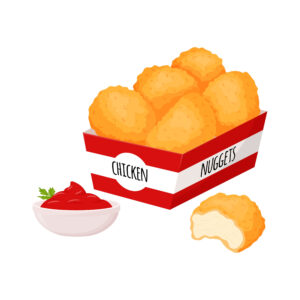
Lunches consisting of chips, cookies, and sugary snacks, which offer little nutritional value and can lead to energy spikes and crashes.
8. Soda and sugary beverages:
Providing sugary sodas or fruit juices high in added sugars instead of healthier options like water or unsweetened tea.
9. Candy and desserts:
Lunches that include candy bars, cupcakes, or other high-sugar desserts, contributing to excessive sugar intake and potential energy imbalances.
10. Processed macaroni and cheese:
A popular but unhealthy lunch option that is high in sodium, saturated fat, and lacks nutrient-dense ingredients.
These examples not only lack the necessary nutrients for students’ growth and development but can also contribute to health issues such as obesity, type 2 diabetes, and cardiovascular problems. It’s essential for parents to prioritize providing nutritious and balanced meal options that support the well-being and academic performance of students.
The Healthy Lunch List
A healthy school lunch should include a well-balanced combination of nutrients, including lean proteins, fruits, vegetables, and healthy fats. Here are some examples of a nutritious school lunch:
1. Grilled chicken wrap: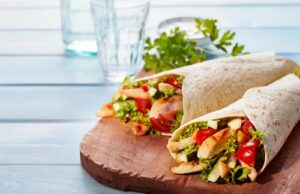
Whole wheat tortilla filled with grilled chicken, lettuce, tomatoes, cucumbers, and a light dressing or hummus.
2. Quinoa salad:
Quinoa mixed with diced vegetables like bell peppers, carrots, cherry tomatoes, and a vinaigrette dressing. Top it with feta cheese or avocado for added flavor.
3. Veggie and hummus platter:
A variety of colorful vegetables such as baby carrots, celery sticks, bell pepper strips, and cherry tomatoes served with a side of hummus for dipping.
4. Turkey and cheese roll-ups:
Sliced turkey rolled-up with a filling of cheese, lettuce, and mustard or a healthy spread.
5. Brown rice with black beans and salsa:
A flavorful combination of brown rice, black beans, and salsa, served with a side of steamed broccoli or mixed vegetables, add chicken if you want. Think Chipotle!
6. Spinach and feta omelet:
A vegetable-filled omelet with spinach and feta cheese, served with some salsa or avocado toast.
7. Baked salmon with sweet potato wedges:
Baked salmon seasoned with herbs and lemon, accompanied by sweet potato wedges and a side of green beans.
8. Greek yogurt parfait:
Low-fat Greek yogurt layered with fresh berries, granola, and a drizzle of honey or maple syrup.
9. Sushi roll:
A vegetarian or fish filled (if refrigeration is available) sushi roll with avocado, cucumber, and carrot, served with a side Asian salad.
10. Bean and vegetable burrito:
A whole-grain tortilla filled with black beans, sautéed vegetables, and a sprinkle of cheese, served with salsa. Add some shredded chicken or taco meat for some extra protein and avocado for some healthy fat.
Healthy Snack and Treat Choices: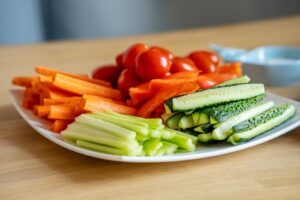
– Hard-boiled eggs or egg salad.
– Sliced apple or pear with nut butter for dipping.
– Baby carrots, cucumber slices, and cherry tomatoes with hummus.
– Mixed berries or grapes.
– Orange or clementine segments.
– Gluten-free pasta salad with cherry tomatoes and broccoli.
– Nuts (if allowed at the school) like almonds, walnuts, or cashews.
– Trail mix with nuts, seeds, and dried fruits.
– Popcorn (lightly seasoned with herbs or spices, not excessive butter or salt).
– Dark chocolate squares.
– Homemade oatmeal cookies with less sugar and whole grains.
Steps To Make It Easier For Parents
Make no doubt about it, it is not easy to consistently make a healthy lunch. Perhaps more difficult may be to get your child to consistently eat a healthy lunch. One idea is to involve your child in the meal planning and preparation process. This can make lunchtime more enjoyable and increase the likelihood that they will eat the nutritious options you provide. The second idea is meal prep. Meal prepping your school lunches can greatly de-stress your busy week. When you have an extended moment make a small menu and/or premake a few lunches for the upcoming busy week. The last idea is to remember to not be too hard on yourself. It is difficult being a parent and no parent is perfect. Don’t strive to make the perfect lunch everyday, simply try to make a healthier lunch for your child.

